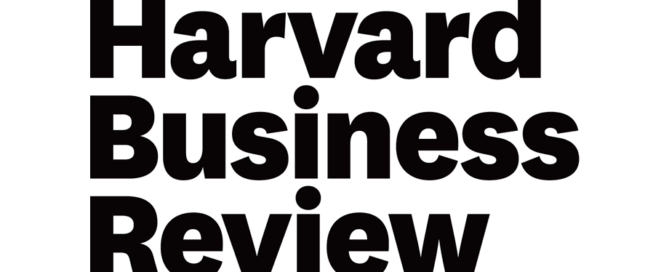Independent Banker: How to Reach Customers with Disabilities
Some people living with disabilities eschew banking services because they feel financially underserved or physically barred. Through sensitive customer service, affordable products and ADA-compliant accessibility, community banks can make them feel welcomed and accommodated. Many people with disabilities don’t have any banking relationships, but that’s not because they don’t [...]








